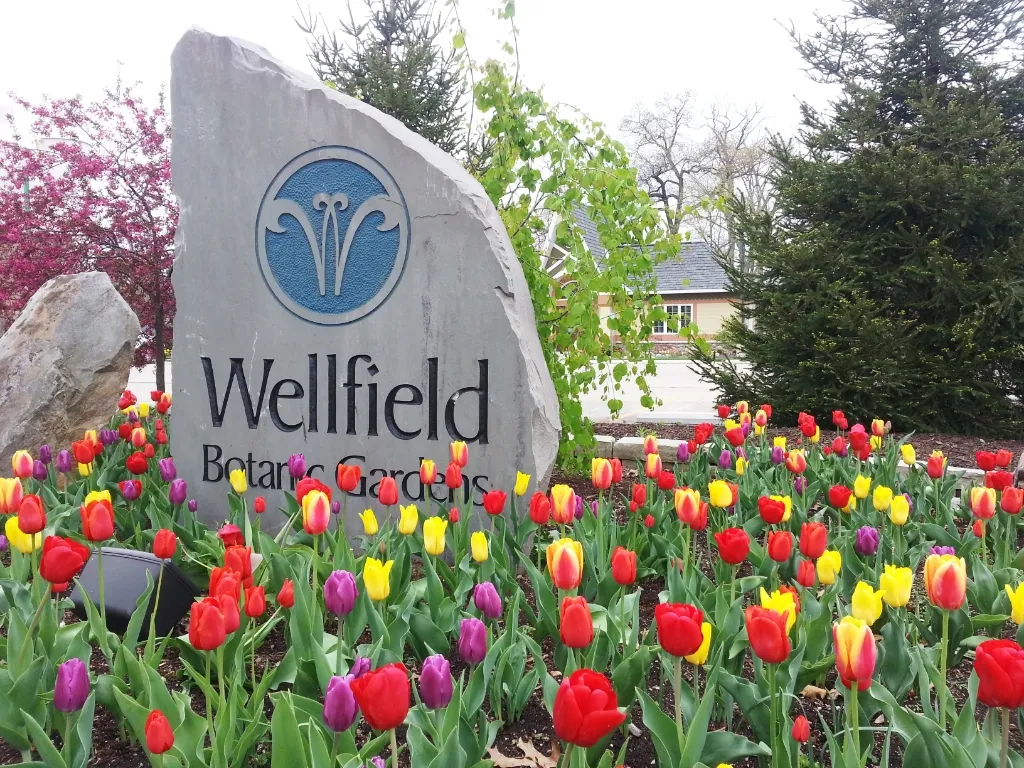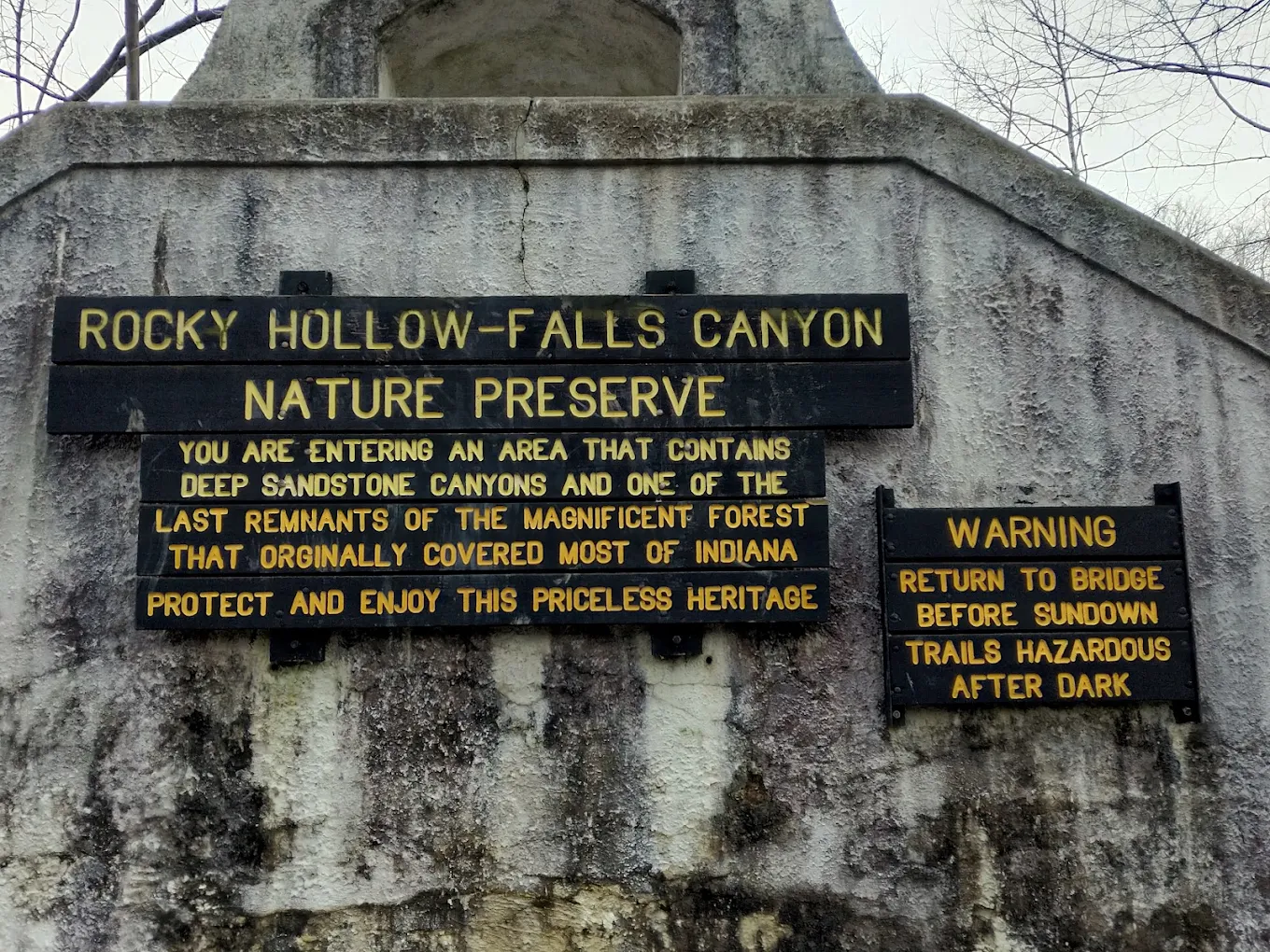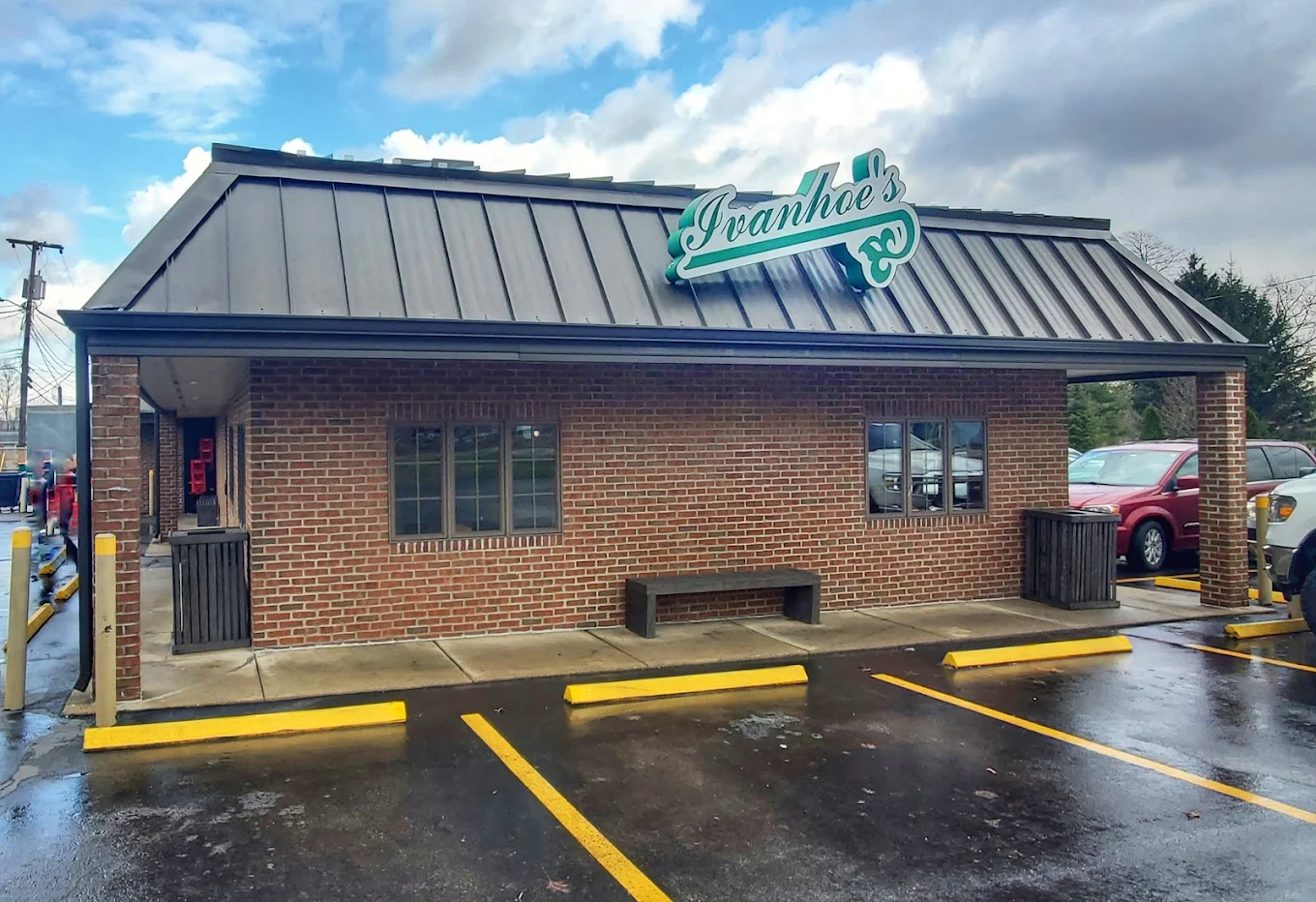Introduction
In the heart of Elkhart, Indiana, a transformed piece of land now offers one of the state’s most scenic and magical walking experiences. The Wellfield Botanic Gardens present a carefully curated yet naturally flowing landscape that unfolds like chapters in a beloved fairy tale. Blending native Midwestern ecosystems with thoughtful artistic design, the gardens welcome visitors year‑round to explore winding pathways, discover hidden corners, learn about botanical diversity, and unwind in spaces that feel removed from the everyday world. What makes this place truly special is how seamlessly it combines horticultural excellence with storytelling elements, creating an immersive experience that appeals to visitors of all ages and backgrounds.
Historical Background
The gardens occupy 36 acres of land that once served as the city’s main water source and wellfield, hence the name that honors this practical past while celebrating its beautiful present. The area’s transformation began in the early 2000s when forward-thinking city planners, passionate local nonprofits, and dedicated community volunteers recognized the potential to create something extraordinary from this underutilized municipal land.
The ambitious restoration project officially launched in 2005, requiring extensive environmental remediation and soil preparation before any planting could begin. By 2008, after three years of intensive planning and construction, the first phase of the gardens opened to the public, showcasing both successful environmental rehabilitation and exceptional horticultural artistry. The opening featured the central pond, main walking trails, and several themed garden rooms that immediately captured visitors’ imaginations.
Since that initial opening, new garden rooms, artistic installations, water features, and educational programs have been thoughtfully added each year, creating a continuously evolving landscape that rewards repeat visits. The gardens have become a model for community-driven urban green space development, inspiring similar projects throughout the Midwest and demonstrating how former industrial sites can be transformed into spaces of beauty and education.
Layout and Features
The gardens are designed around a master plan that feels both intentional and organic, with the main trail forming a gentle loop around a spectacular central pond fed by the same natural springs that once supplied the city’s drinking water. This aquatic centerpiece reflects the sky and surrounding plantings, creating a mirror-like surface that changes throughout the day as light conditions shift.
Along the meandering pathways, visitors encounter a series of distinct themed gardens, each designed to tell its own story while contributing to the overall narrative. The Japanese‑inspired meditation garden features a traditional koi pond surrounded by carefully pruned evergreens, ornamental grasses, and a classic red bridge that serves as both functional crossing and photogenic focal point. Nearby, the vibrant children’s discovery garden enchants young visitors with interactive plant displays, colorful sculptures, and hands-on learning opportunities that make botany accessible and fun.
The expansive wildflower meadow recreates a slice of original Indiana prairie, buzzing throughout the growing season with native pollinators including bees, butterflies, and hummingbirds. This naturalistic area contrasts beautifully with the more formal rose garden, where hundreds of varieties bloom in succession from late spring through early fall. Comfortable benches are strategically placed throughout the gardens for rest and quiet contemplation, many offering carefully framed views of water features, spectacular flowering beds, or distant sculptures that appear and disappear as visitors move along the paths.
Seasonal Gardens
The gardens’ four-season appeal ensures that every visit offers something different and delightful. Spring arrives in spectacular fashion with thousands of tulips and daffodils creating carpet-like displays in brilliant yellows, reds, and purples, while ornamental cherry and apple trees burst into clouds of pink and white blossoms that seem almost too perfect to be real.
Summer transforms the landscape into a lush green paradise highlighted by fragrant roses, elegant lilies, and masses of colorful annuals specifically chosen to attract butterflies and other pollinators. The water features provide cooling relief during hot afternoons, while evening visits reveal gardens illuminated by both natural fireflies and carefully placed lighting.
Fall brings perhaps the most dramatic transformation, as native maples, oaks, and hickories turn brilliant shades of red, orange, and gold, creating a spectacular backdrop for late-blooming asters and mums. The seed heads of ornamental grasses catch the slanted autumn light beautifully, while the persistent berries on native shrubs provide food for migrating birds.
Even winter reveals the garden’s thoughtful design, as the underlying structure becomes visible through the bare branches. Stone walls, elegant bridges, and evergreen plantings provide visual interest and sculptural beauty against snow and ice, while the patterns of pathways and garden rooms create appealing compositions that many visitors find as beautiful as any summer display.
Flora and Fauna
The gardens showcase an impressive collection of over 1,000 plant species, with particular emphasis on native Midwestern varieties that support local ecosystems while requiring minimal maintenance once established. The plant collections serve both aesthetic and educational purposes, demonstrating how native species can be used in formal garden settings while supporting biodiversity and conservation goals.
Wildlife sightings add spontaneous delight to every garden visit. Painted turtles and red-eared sliders bask on partially submerged logs in the central pond, while great blue herons and green herons frequently visit to fish in the shallow areas. The gardens’ location along a major migratory flyway means that bird species change with the seasons, offering opportunities to spot everything from ruby-throated hummingbirds to various warbler species during spring and fall migrations.
The pollinator gardens buzz with activity from native bees, monarch and swallowtail butterflies, and other beneficial insects that have found sanctuary in this urban oasis. Strategically placed birdhouses and specially constructed pollinator hotels demonstrate the gardens’ commitment to conservation initiatives and provide educational opportunities for visitors interested in supporting wildlife in their own yards.
Programs and Events
The gardens offer an extensive calendar of educational tours, wellness programs, and cultural events designed to engage visitors of all interests and ages. Professional horticulturists lead specialized tours focusing on topics like native plant gardening, seasonal care techniques, and sustainable landscaping practices. Weekly yoga classes held in the Japanese garden provide opportunities to combine physical wellness with natural beauty, while art workshops in the outdoor pavilion let participants create while surrounded by inspiring landscapes.
Seasonal events have become beloved community traditions, including the popular Summer Evening Concert Series that features local musicians performing against the backdrop of illuminated gardens, and the magical Winter Wonderland of Lights that transforms the space into a glittering holiday destination. In 2024, the gardens introduced an innovative “Storybook Walk” program, pairing classic children’s literature with themed plantings along the trail, creating an interactive experience that combines reading, walking, and botanical education in a format that delights families.
Visitor Information
- Hours: Open daily from dawn to dusk year-round, with extended evening hours during summer months for special events and seasonal lighting displays.
- Admission: Free for annual members and Elkhart residents; modest admission fee for non-members with significant discounts available for children, seniors, and groups.
- Amenities: Clean restrooms, well-stocked gift shop featuring local artisan products and gardening supplies, shaded picnic areas with tables, and fully accessible paved paths suitable for wheelchairs and strollers.
Recent Improvements
In 2025, the gardens unveiled an expanded pollinator habitat garden featuring native milkweed essential for monarch butterfly reproduction, purple coneflowers, bee balm, and other indigenous species that support declining pollinator populations. This new addition covers nearly two acres and serves as both a beautiful landscape feature and an important conservation demonstration project.
Solar-powered LED lighting has been installed along the main pathways, enabling safe evening visits while minimizing environmental impact. The new lighting system highlights key features like the central pond and major sculptures while maintaining the gardens’ peaceful nighttime atmosphere.
Why It Feels Like a Storybook
The carefully designed winding paths, artfully arranged plantings, and gentle water features work together to create a powerful sense of unfolding narrative that makes every visit feel like a journey through an illustrated fairy tale. Each curve in the pathway reveals a new “chapter,” from secluded reading benches tucked among flowering shrubs to dramatic vista points overlooking the central pond and distant garden rooms.
Whimsical sculptures of woodland animals peek out from behind plantings, while carefully selected art pieces enhance the imaginative experience without overwhelming the natural beauty. The interplay of open and enclosed spaces, combined with thoughtful use of color and texture throughout the seasons, creates the kind of magical atmosphere typically found only in children’s storybooks brought to life.
Visitor Tips
- Wear comfortable walking shoes suitable for paved paths; the complete loop covers approximately one mile with gentle elevation changes and optional side trails.
- Bring a camera or smartphone, as exceptional photo opportunities present themselves in every season and around every corner of the gardens.
- Check the comprehensive events calendar before visiting — you might time your trip to coincide with a concert, educational workshop, or seasonal festival.
- Visit during different seasons to experience the complete story of how the gardens change and evolve throughout the year.
- Allow at least two hours for a leisurely visit, though many guests find themselves staying much longer than originally planned.
Nearby Attractions
Elkhart’s revitalized downtown district, featuring excellent museums, contemporary art galleries, locally owned restaurants, and unique shopping opportunities, is just minutes away from the gardens. The city’s Heritage Trail offers additional scenic driving routes connecting historic sites, while the Elkhart River provides opportunities for kayaking and canoeing through urban and natural landscapes.
Conclusion
Wellfield Botanic Gardens represent far more than simply a collection of beautiful plants arranged in attractive patterns — they tell a living story of successful community revitalization, dedicated environmental stewardship, and the power of beauty to transform both landscapes and lives in every season. Walking these thoughtfully designed trails truly feels like stepping into a carefully illustrated storybook, one that invites visitors to slow down from their busy lives, look closely at the natural world, and savor each carefully crafted page of this ongoing narrative of renewal and wonder.
A scenic garden trail with seasonal blooms, water features, and artful design for a storybook-like experience.




